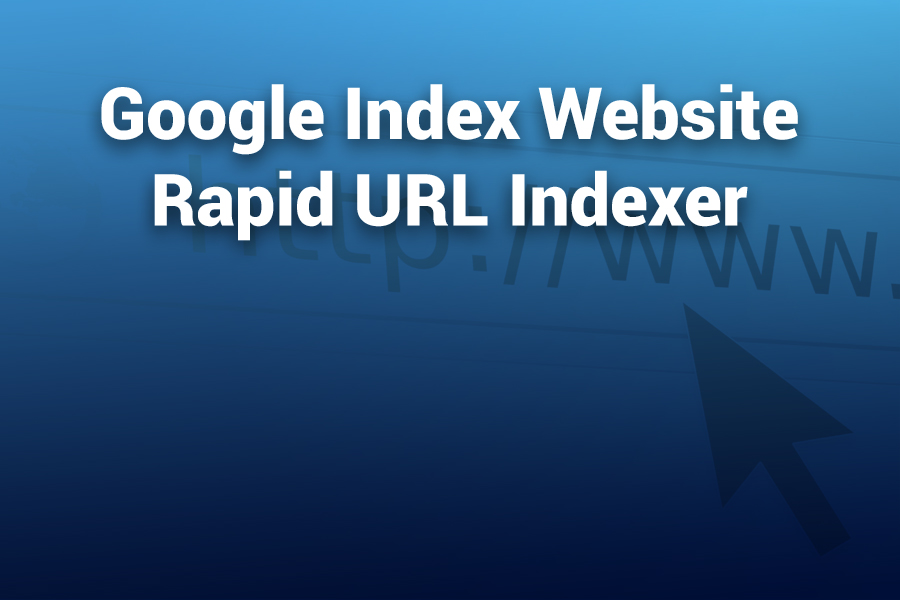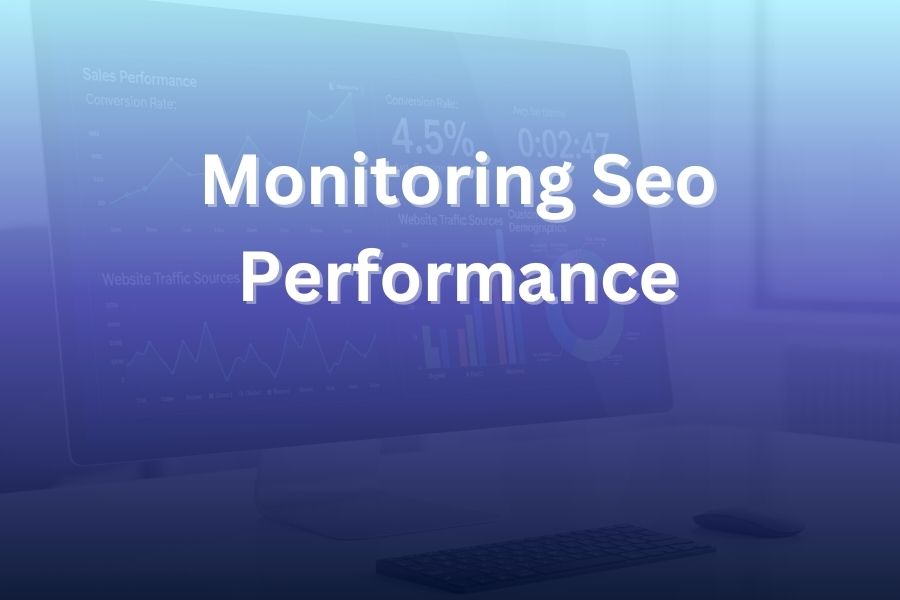
Your website’s visibility can stall if Google doesn’t index your pages quickly. You publish fresh content, update product listings, build backlinks, yet days or even weeks pass without traffic or visibility changes. With the right approach you can shorten that wait time dramatically.
In this article you will learn how the tool known as the Rapid URL Indexer works, why it matters for your website indexing process, how to use it effectively, evaluate when to use it, and avoid common mistakes.
What Is Google Indexing and Why It Matters
Before diving into Rapid URL Indexer specifically, you must understand how indexing works for your website. When you publish a page, Google’s crawler bots must first find it (crawling), then analyse and store it in Google’s index (indexing), and eventually show it in search results.
The time between publishing and being visible in search can vary from a few hours to several weeks depending on site authority, internal linking, freshness, crawl budget and discovery method.
If your URLs sit unindexed you lose potential traffic, new visitors and conversions. According to recent observations, indexing via traditional methods can take anywhere from 1–7 days for minor changes and even longer for new pages on low-authority sites.
Introducing Rapid URL Indexer
The Rapid URL Indexer is a paid service that aims to accelerate the indexing of your website’s URLs by Google (and other search engines) by submitting them in bulk and via automated signal networks rather than relying solely on organic discovery. It gives you the ability to:
- Submit large numbers of URLs at once instead of manual one-by-one.
- Receive automated reports showing which URLs were indexed and which were not.
- Get a refund or credit back if certain URLs fail to index (in some service plans).
Because you “push” the URL to indexing rather than wait passively, new pages, product listings, backlinks and updated content appear much faster in search results.
How Rapid URL Indexer Works – Step by Step
Here is a breakdown of how you actually use this service and what happens on the back end:
- You gather your URLs – this might include new blog posts, landing pages, product pages, competition keywords pages, or newly built backlinks.
- In the Rapid URL Indexer dashboard you paste or import the URLs (often via CSV or bulk uploader).
- The tool triggers notifications or “signals” to search engine indexing systems via API endpoints, ping services, RSS feeds, high-authority platforms or directory listings – essentially telling the crawler bots “hey this content is new, check it out now”.
- The indexing process begins: the search engine bots visit your URLs, read their content, analyze how they fit into the site structure, evaluate signals like internal links, sitemaps, redirects, canonical tags, and then decide whether to include them in the index.
- Within hours to days you get an initial report of which URLs were indexed, and a full report (often at 14 days) showing success/failure. If you’re using a service plan that offers refunds, you might get credit back for failed URLs.
The key difference is that instead of relying entirely on Google proactively crawling your site on its own schedule, you effectively push it into the queue yourself.
Why Fast Indexing Makes a Big Difference for You
When you wait for indexing to happen organically, you risk losing momentum. Imagine you publish seasonal content or a time-sensitive campaign and the indexing delay causes you to miss the prime search window. Fast indexing helps you:
- Rank quicker for fresh content.
- Get backlinks recognised sooner and pass authority earlier.
- Catch time-sensitive search demand (flash trends, events, product launches).
- Improve reporting and SEO campaign results more quickly (important for agencies and clients).
Recent user data shows a success rate around 90% of submitted URLs being indexed within 24-72 hours when using sophisticated indexing acceleration tools, compared with much longer waits for standard discovery.
When Should You Use Rapid URL Indexer?
This tool is especially useful in these situations:
- You operate a large site or ecommerce store with frequent new product pages or updates.
- You publish regular content and want quicker visibility.
- You build or acquire many backlinks and need them indexed to count for SEO value.
- You run campaigns that are time-sensitive (promotions, events, launches).
- You manage clients and need to show results fast.
However, if your site is small, stable, rarely updated, and already has good authority and crawl budget, you might not need this service constantly. Traditional indexing via sitemaps and organic crawler discovery may suffice.
Comparing Rapid URL Indexer to Standard Tools
On one side you have the free tool Google Search Console (GSC) which allows you to submit individual URLs for indexing and gives you a wide range of performance and technical data. On the other side you have Rapid URL Indexer which focuses purely on fast indexing. Key differences:
- Cost: GSC is free; Rapid URL Indexer is paid (credit-based or subscription).
- Speed: GSC may take several days; Rapid URL Indexer often delivers within 24-72 hours.
- Volume: GSC supports individual submission; Rapid URL Indexer supports bulk.
- Data & Insights: GSC provides detailed search analytics, mobile usability, index coverage; Rapid URL Indexer provides mainly indexing status.
In practice many SEO professionals use both: GSC for monitoring site health and traditional indexing; Rapid URL Indexer for accelerating critical URLs.
How to Use Rapid URL Indexer Effectively Without Getting Penalised
To get the most value and avoid pitfalls, follow these best practices:
- Ensure the URLs you submit are indexable (no noindex tag, correct canonical, allowed in robots.txt).
- Use strong content on those pages – fast indexing doesn’t fix poor content or site authority.
- Avoid mass submitting low-quality content or spammy URLs as search engines may ignore them.
- Monitor the index status regularly; if a URL fails to index check for technical issues (duplicate content, blocked from crawl, low authority).
- Integrate with your CMS (WordPress plugin or API) so new pages automatically get submitted.
- Maintain a healthy internal link structure, good site speed and mobile usability – indexing fast doesn’t guarantee ranking.
By treating indexing like a gate-open mechanism, you still need to win the ranking battle after your URL is in the index.
Recent Stats You Should Know
- One user-tested service achieved an average success rate of 91% of URLs indexed within 48 hours when using accelerated submission methods.
- Some indexing services report typical indexing completion times of 24-72 hours for bulk submissions, compared to 7+ days for standard manual submission paths.
- In a pilot scenario, an ecommerce site saw product pages indexed twice as fast after implementing an accelerated indexer tool, enabling them to capture early search traffic for a seasonal product launch.
Common Mistakes to Avoid
Here are the mistakes you must steer clear of:
- Submitting URLs that are blocked from indexing (noindex, disallow in robots.txt, canonical pointing elsewhere).
- Over-relying on indexing speed and neglecting content quality, UX, backlinks, site authority.
- Exporting thousands of URLs from thin content and expecting all to index – quality still matters.
- Ignoring the index coverage report in GSC – just because your URL is in Google’s index doesn’t guarantee proper visibility.
- Forgetting to track results: if you pay for URLs you must verify they indexed and follow up on those that didn’t.
Step-by-Step Implementation for Your Website
- Audit your site’s current indexing status (via GSC index coverage and URL inspection).
- Segment your URLs into priority buckets: new content, updated pages, backlink URL submissions, time-sensitive pages.
- Choose a solid Rapid URL Indexer service with automatic reporting and refund policy for failed URLs.
- Submit the URLs in bulk, ideally via CSV importer or plugin in your CMS, with clear indication of project name and date.
- Monitor results at day 4 (initial report) and day 14 (final report) to confirm indexing success.
- For any URLs that failed to index, resolve technical issues (crawl blocks, thin content, duplicate content) then resubmit.
- Continue to submit new URLs as part of a workflow – indexing should be built into your publishing or campaign process.
- Review ranking and traffic metrics – fast indexing enables but does not guarantee rankings; maintain your usual SEO fundamentals.
Final Thoughts
You’re competing in a fast-moving search landscape where content freshness and speed matter. Indexing delays can cost you traffic, visibility and competitive advantage. Using a tool like Rapid URL Indexer gives you a strategic edge: you actively submit and accelerate your URLs into the index, reduce time to visibility, and align your publishing workflow with search engine discovery.
However, remember this is only one part of your SEO strategy. You still must deliver high-quality content, optimise for user experience, build authority and maintain technical site health. When implemented properly, accelerated indexing becomes a force multiplier for your broader SEO efforts.
Use it when indexing speed matters, manage it sensibly, steer clear of abuse, and you will be in control of your website’s search-engine visibility timeline.






